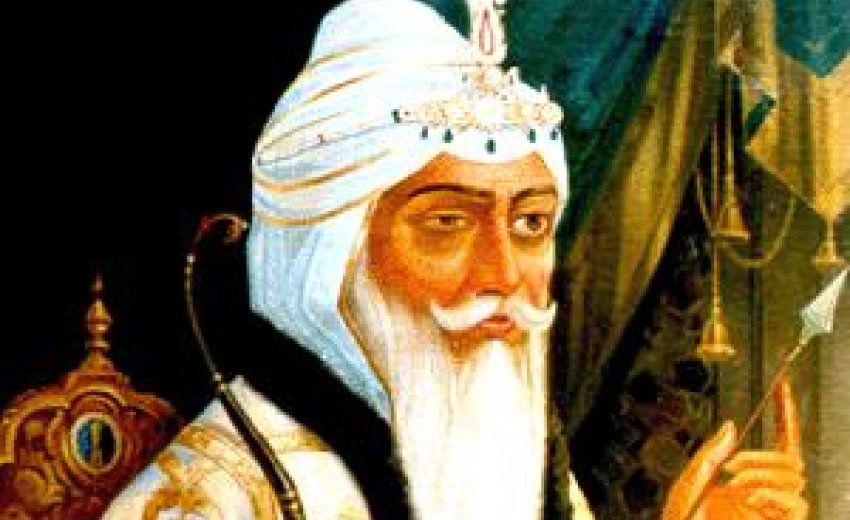 PATIALA: New York auction house, Sotheby’s, will auction a historic painting of Maharajah Ranjit Singh on March 18. The French artist, Leopold Massard, in 1830 portrayed Maharaja in watercolors on paper.
PATIALA: New York auction house, Sotheby’s, will auction a historic painting of Maharajah Ranjit Singh on March 18. The French artist, Leopold Massard, in 1830 portrayed Maharaja in watercolors on paper.
According to Sotheby’s catalogue note, the portrait is likely to have been painted during Ranjit Singh's lifetime. It was possibly the study for a lithograph that was widely reproduced in various publications including Bibliotèque Universelle, Voyages en Asie, 1836.
The portrait, signed “L. Massard” on the lower right, is expected to sell for $8,000 to $12,000.
Born in 1780 into a Sikh family of the Sukerchakia misl, Ranjit Singh’s rule stretched from the banks of the Jamuna to the banks of the Khyber, and from Kashmir to Multan. The Sukerchakia Misl was one of 11 Sikh Misls in Punjab during the 18th century. The Sukerchakia last Misldar (commander of the Misl) was Maharaja Ranjit Singh.
The majority of his subjects were Muslim, and they had an intense loyalty towards him and his Sikhs. This was evident when the British Indian Governor-General Lord Auckland asked the foreign minister of the Sikh Empire, Fakir Azizuddin, a Muslim, which of the Maharaja's eyes was missing. He replied: "The Maharaja is like the sun, and sun has only one eye. The splendour and luminosity of his single eye is so much that I have never dared to look at his other eye."
After his death in 1840, the Sikh Empire was divided into small principalities that were ruled by several Sikh jagirdars. This weak arrangement proved a good opportunity for the East India Company of England to put an end to the Sikh stronghold of the Punjab in 1849.
The auction will take place in New York on March 18, under the 'Indian & Southeast Asian Art' sale section.

